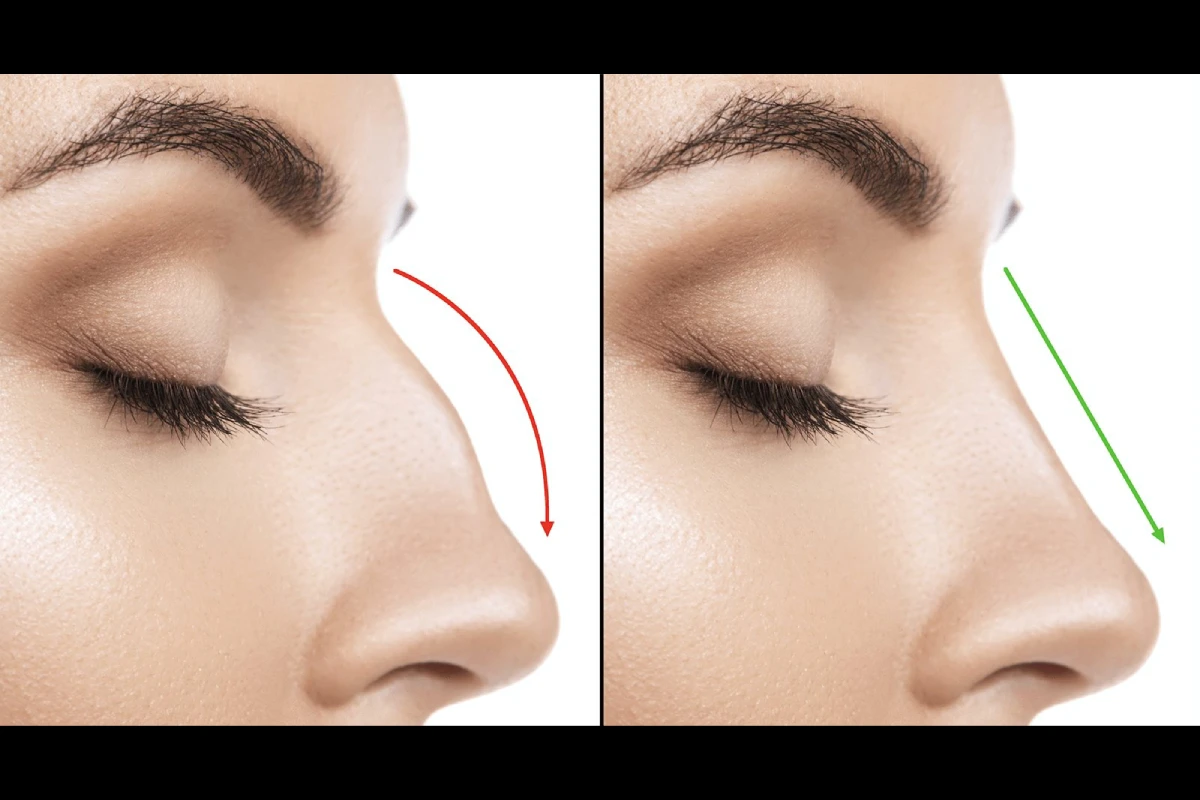Rhinoplasty is a challenging cosmetic procedure as the nose is a complicated structure. While qualified surgeons strive to provide reliable services for desired results, sometimes you may not be satisfied with the outcome. Other times, the nose heals irregularly, which is out of everyone’s control.
If this happens, you should seek rhinoplasty revision to address issues like your nose’s functionality and appearance.
This guide outlines what you should know about this corrective procedure. Read on!
Table of Contents
When You Need Rhinoplasty Revision?
The nose is made of delicate cartilage, requiring expert handling for successful functional or cosmetic results. Work with a board-certified surgeon to enhance your chances of getting desired results.
You should consider rhinoplasty revision, if:
Your Nose Isn’t Symmetrical
Following rhinoplasty, you may feel your nose is asymmetrical, or you don’t like the new shape. Improper surgical techniques and irregular healing can lead to an off-center, disproportionate, or crooked nose. Wait for your first surgery to heal fully before you examine your nose.
If not satisfied with the results, consider rhinoplasty revision. The corrective procedure allows your nose to appear more natural, complementing your facial structure.
Unnatural-Looking Results
Removing too little or excess tissue during rhinoplasty causes your nose’s shape to look unnatural. It leads to scar tissue build-up that requires surgery to eliminate. If your nose appears crooked, short, or pinched following rhinoplasty surgery, you should seek a revision to correct it.
A qualified surgeon conducts the procedure, allowing your nose to look natural. They evaluate your skin thickness and quality to perform the surgery according to your needs.
Your Nose Is Malfunctioning
An incorrectly done or healed rhinoplasty can cause the nose to malfunction. This can lead to sinus and breathing issues. Besides getting you the aesthetic results you want, rhinoplasty revision optimizes your nose’s functionality, eliminating sleep and breathing issues.
You Suffer Injury After Your First Rhinoplasty
Rhinoplasty resizes and reshapes your nose, but additional trauma and injury may lead to complications that compromise the results. The cosmetic procedure restructures tissue and cartilage, making the nose more fragile.
If you suffer injury after the initial surgery, rhinoplasty revision repairs it for proper functionality and aesthetics.
Rhinoplasty Revision Recovery
Immediately after the procedure, get a responsible adult to drive you home.
Your surgeon advises you to rest for the first few days. Expect some bruising and swelling around the nose and eyes during the initial recovery period. Your service provider offers you prescription medication to minimize pain and discomfort. Breathe through your mouth and avoid blowing your nose during this period to avoid complications.
After several weeks, your physician may allow you to participate in specific activities, such as light exercises. Avoid contact sports until your surgeon recommends them, as they can injure your nose and derail the recovery.
Consider follow-up appointments with your service provider. This allows them to check your surgical sites and healing progress. If they discover unusual swelling or scarring, they provide appropriate advice.
Rhinoplasty revision recovery time varies from one patient to another. Typically, it takes one to two years for complete healing. Eat a healthy diet and hydrate well to speed up recovery.
Essential FAQs
What Is Rhinoplasty Revision?
Rhinoplasty revision is a nose surgery to correct the outcomes of a previous procedure or irregular healing. This happens when you don’t get desirable results. Professionals perform it to correct functional issues, such as breathing problems. It also improves your nose’s shape for a pleasing appearance.
How Do Professionals Perform the Procedure?
This depends on the patient’s needs. The procedure may require changing your nose’s tip or supporting the organ’s internal structure. Support involves shaving cartilage and trimming skin or cartilage grafts.
Rhinoplasty revision is a challenging technical procedure and requires a qualified and board-certified plastic surgeon to perform it. When choosing a professional, do your due diligence to find an expert to handle your needs.
What Is the Cost of Rhinoplasty Revision?
Charges for rhinoplasty revision depend on multiple factors. These include your surgeon’s experience, the procedure’s length, and location. If your rhinoplasty surgery requires significant work, your service provider may charge more.
Ask them about the expected cost during the initial consultation to avoid surprises.
Will Insurance Pay for Your Rhinoplasty?
Insurance may contribute for rhinoplasty if done for functional concerns, such as breathing issues. If you’re seeking it for cosmetic purposes, the insurance premium will likely not pay.
Am I a Good Candidate for Rhinoplasty Revision?
If you’re unhappy with the outcomes of a previous rhinoplasty and your health is good, you may qualify for the procedure. Consult your surgeon for evaluation and recommendations.

